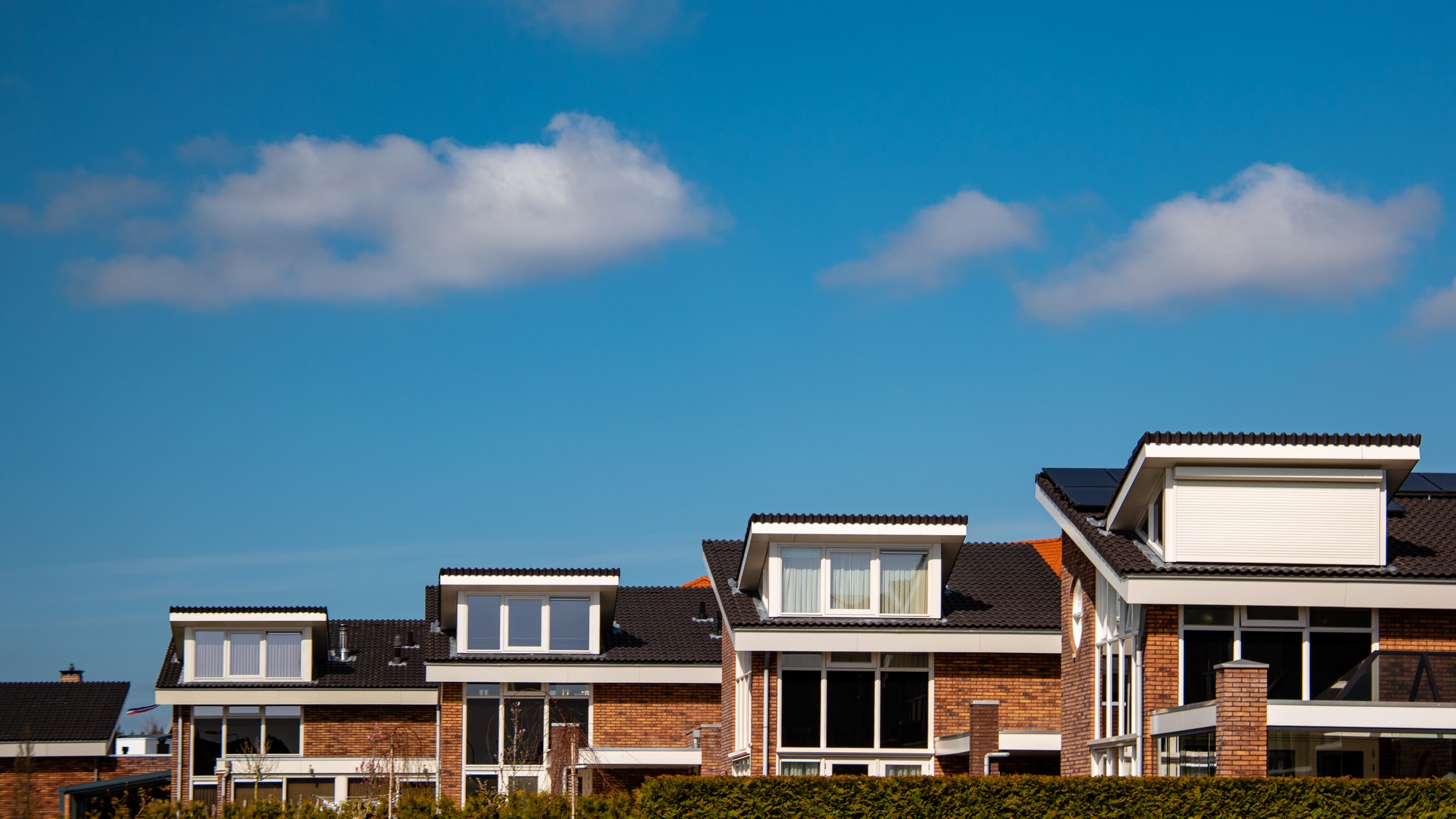In the realm of architecture, the marriage of aesthetic beauty and structural integrity forms the cornerstone of sustainable design. As we look towards futuristic architecture, addressing age-old challenges with innovative solutions has never been more crucial. One such pervasive issue that bridges past and present is rising damp—a problem as ancient as the buildings of yesteryear and as persistent in modern constructions. This article, brought to you by the expertise behind Insitu Building Preservations, delves into cutting-edge strategies for combating rising damp, ensuring our architectural heritage and contemporary marvels stand resilient against the test of time.
Understanding Rising Damp in the Architectural Context
Rising damp occurs when moisture from the ground ascends through the porous materials of a building’s walls. Historically, structures built without an effective damp-proof course (DPC) are at risk, but even in modern architecture, improper installation or failure of these protective barriers can lead to damp issues. The result? Compromised structural integrity, health risks from mold, and a detracting aesthetic appeal.
The Intersection of Tradition and Technology
The key to addressing rising damp lies in the synergy between traditional craftsmanship and modern technological advancements. Here’s how Insitu Building Preservations is pioneering this approach:
Innovative Damp-Proofing Techniques
- Chemical DPC Injection:
- Modern Twist: Utilizing eco-friendly, silicone-based chemicals that penetrate deeply into the brickwork, creating an impermeable barrier against moisture.
- Application: Ideal for both historical renovations where preserving the original facade is paramount, and contemporary buildings seeking a minimally invasive solution.
- Electro-Osmotic Systems:
- Cutting-Edge Technology: A revolutionary approach that applies a small electric charge to walls, repelling water molecules and preventing them from rising.
- Relevance: Offers a sustainable, energy-efficient solution suitable for futuristic architecture, emphasizing smart building techniques.
- Physical DPC Installation:
- Innovative Materials: The development of new, flexible, and durable materials that can be inserted into older walls without extensive disruption, blending seamlessly with the original structure.
- Versatility: Ensures the longevity of heritage buildings while providing a robust solution for new constructions designed with future-proofing in mind.
The Role of Proactive Preservation
In both historical and modern buildings, proactive measures are key to preventing rising damp:
- Regular Inspections: Leveraging drone technology and thermal imaging for comprehensive assessments of hard-to-reach areas, ensuring early detection of potential damp issues.
- Sustainable Landscaping: Designing green spaces that not only enhance aesthetic appeal but also promote effective drainage, reducing the risk of moisture accumulation around foundations.
The Future Is Now: Embracing Innovation in Architecture
As we continue to push the boundaries of what’s possible in architecture, integrating innovative damp-proofing solutions is essential for creating structures that are not only visually captivating but also resilient and healthy living environments. Through a fusion of technology and tradition, we can protect our architectural heritage and ensure that the futuristic buildings of today stand the test of time.
In conclusion, the fight against rising damp in both historical and modern architecture demands a forward-thinking approach, blending the best of traditional methods with the latest innovations. At Insitu Building Preservations, we’re committed to leading this charge, offering expert solutions that safeguard the integrity and beauty of buildings across the spectrum of time.
Discover more from Futurist Architecture
Subscribe to get the latest posts sent to your email.




